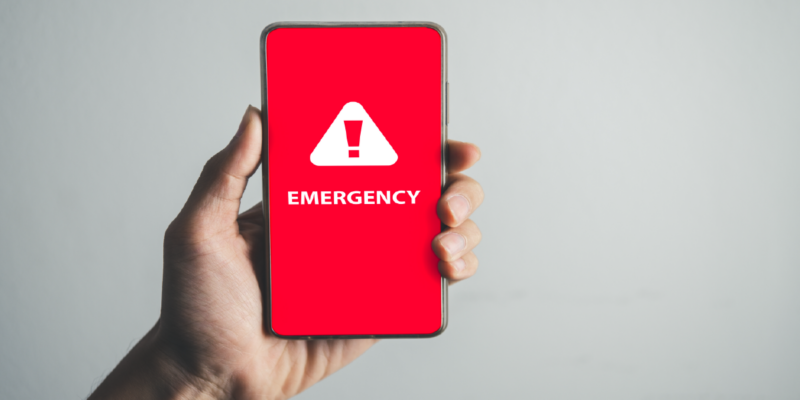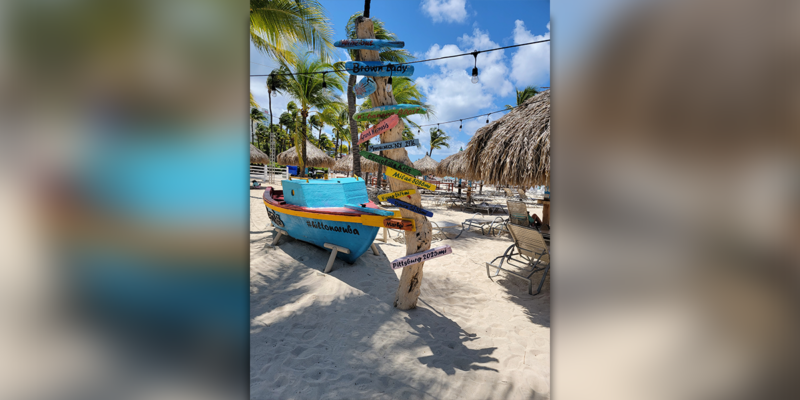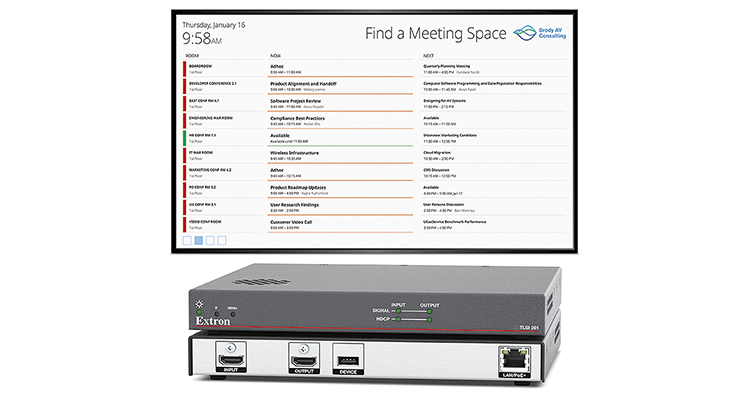Wayfinding: A Digital Signage User Experience
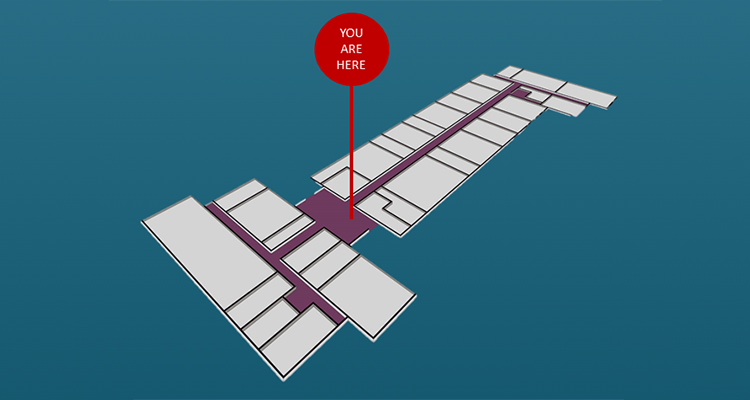 By Lee Gannon
By Lee Gannon
TrouDigital
Digital signage has many purposes: It can be used to advertise, to educate, to entertain. But there’s one application that isn’t getting paid enough attention — and that’s wayfinding.
What do we mean by a wayfinding solution? We’re talking about a tool that helps users navigate through a physical environment. On a macro level, you can think of the satellite navigation in your car and the Google Maps app on your phone. But smaller scale, when you’re looking for say a shop in a retail complex or a meeting room in an office block, what aids are out there?
 Traditionally, wayfinding signage has been limited to static signs that show indoor or outdoor maps. There might be a big ‘You Are Here’ pin and lots of numbers and labels. For the user, working out where they need to go isn’t often straightforward. If your sense of direction is anything like mine, you’ll struggle to memorize the route. The only real way of overcoming this is to take a picture on your phone or look out for the next map to check your progress.
Traditionally, wayfinding signage has been limited to static signs that show indoor or outdoor maps. There might be a big ‘You Are Here’ pin and lots of numbers and labels. For the user, working out where they need to go isn’t often straightforward. If your sense of direction is anything like mine, you’ll struggle to memorize the route. The only real way of overcoming this is to take a picture on your phone or look out for the next map to check your progress.
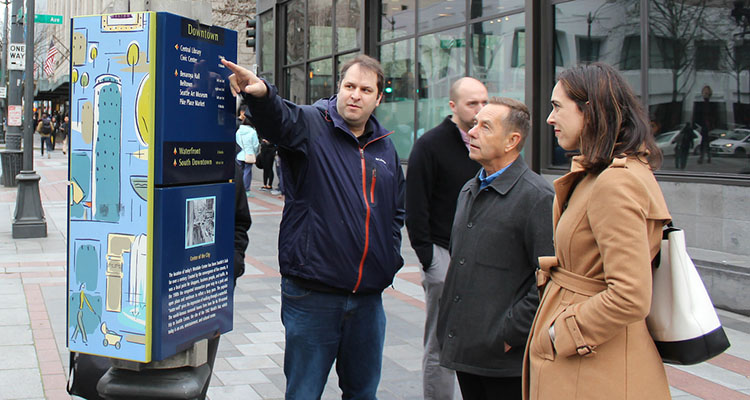 But there has to be a better way of navigating. What if static signs could be replaced by something interactive and user-friendly? This is where digital signage comes in. Integrated with wayfinding software, touch screens or kiosks become ideal navigation aids. A visitor to a conference center, for example, can be welcomed by a touchscreen kiosk in reception. They are able to search for the company they are meeting with, and receive an animation that maps out their route. As well as benefiting from a visual representation of their specific journey, the most sophisticated digital signage would allow them to walk away with the instructions on their phone through Bluetooth or near field communication.
But there has to be a better way of navigating. What if static signs could be replaced by something interactive and user-friendly? This is where digital signage comes in. Integrated with wayfinding software, touch screens or kiosks become ideal navigation aids. A visitor to a conference center, for example, can be welcomed by a touchscreen kiosk in reception. They are able to search for the company they are meeting with, and receive an animation that maps out their route. As well as benefiting from a visual representation of their specific journey, the most sophisticated digital signage would allow them to walk away with the instructions on their phone through Bluetooth or near field communication.
For the wayfinding service provider, choosing a digital solution has a huge upside. Crucially, maps and routes can be updated with minimal hassle. That means not having to completely replace the traditional laminated maps in your shopping center every time a shop or restaurant closes, or a new one opens. For the facilities team at a business park where hotdesking companies come and go, this feature is logical and rather necessary.
As digital signage is not restricted to indoors (thanks to the wide availability of high bright and weather resistant screens), outdoor wayfinding can be digital too. For large external spaces like university campuses — even somewhere novel like the zoo — navigation is a fundamental aspect of visitor experience. Digital interfaces that offer wayfinding assistance are a welcome improvement on vague and dated maps. A temporary solution might even be deployed for special one-off events like festivals, where act timetables can be combined with maps of the stage set up to ensure festival goers get to see their desired performances.
Like any wayfinding signage, a digital solution calls for careful planning and a deep understanding of a building or landscape’s functionality. The most effective wayfinding aids focus on the user experience and appreciate how different users have different navigation needs. Thanks to integration with digital signage, these needs can now be met like never before. Wayfinding can be personalized, with a tailored journey transforming the task of navigation.
Guest post by TrouDigital, a digital signage company fascinated and passionate about wayfinding. TrouDigital developed our own software to revolutionize the user experience.



